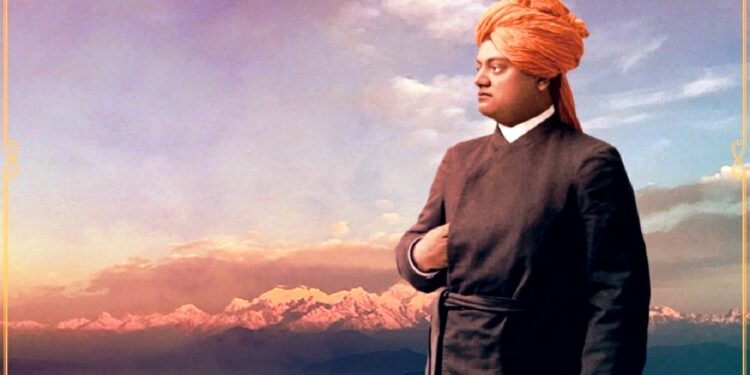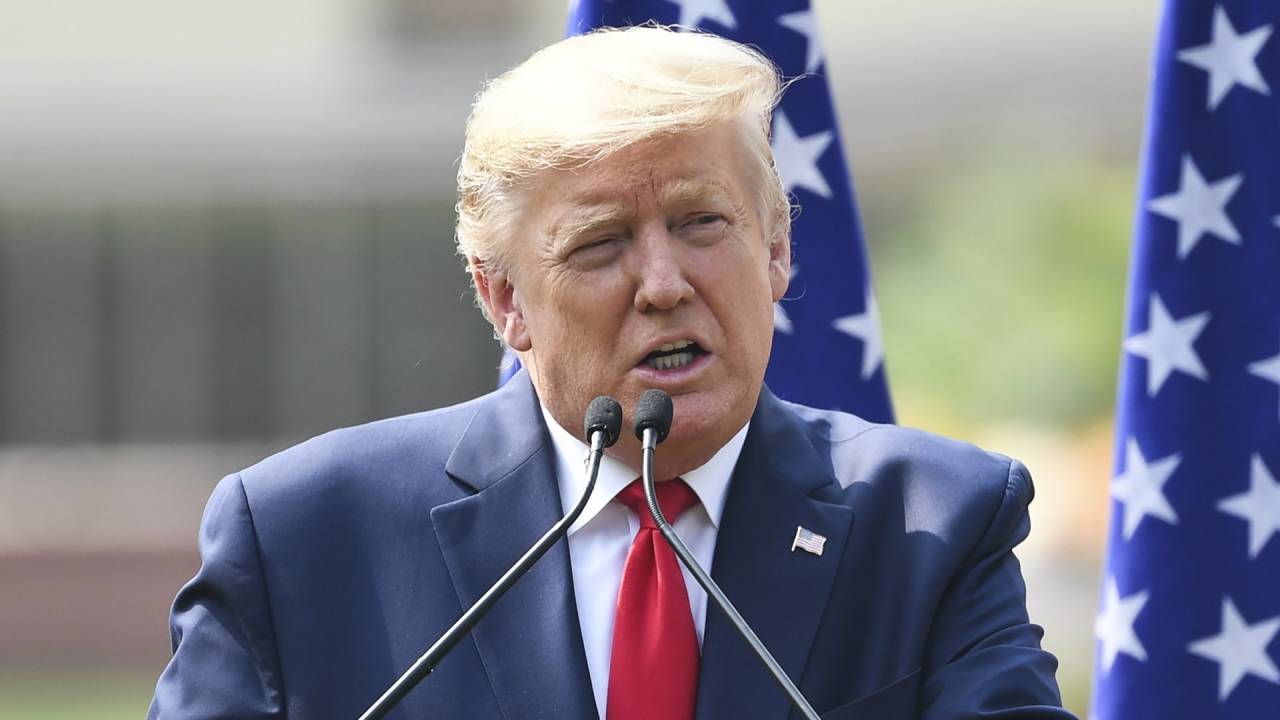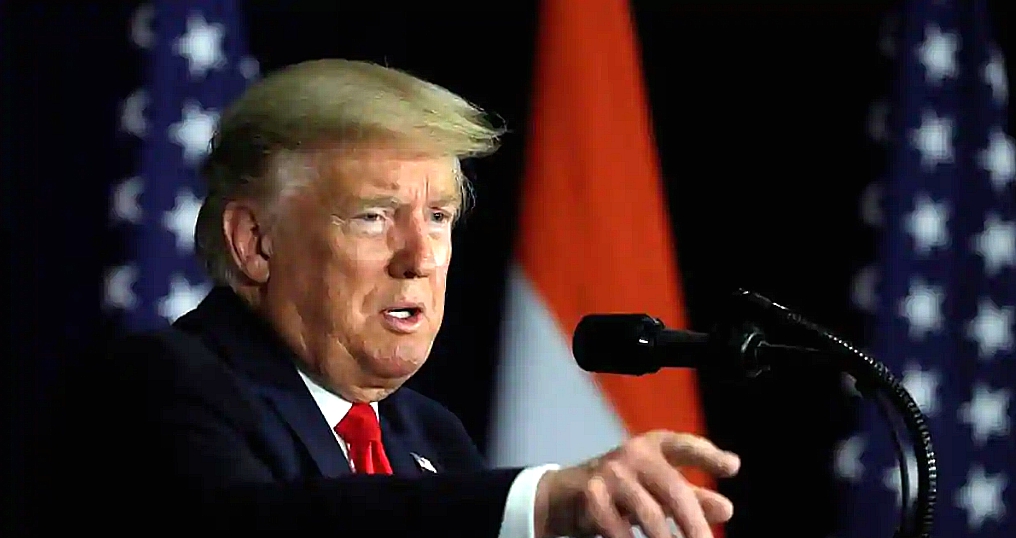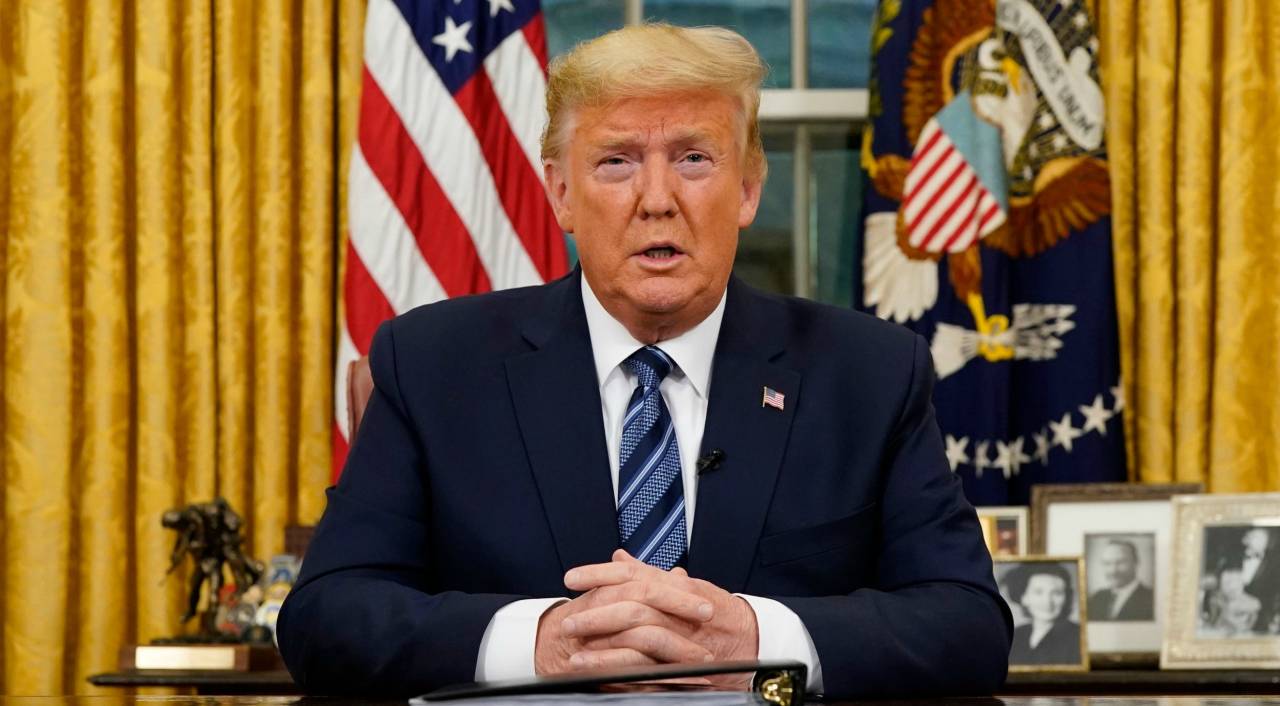November 16, 2022, became a historic day for India when Indonesian President Joko Widodo passed the G20 presidency baton to the Indian Prime Minister, Narendra Modi, at the concluding day of the 17th G20 Summit at Bali. With less than a year to go and several meetings already underway across India, the country looks forward to welcoming G20 leaders to New Delhi for the 18th G20 Summit on 9th and 10th September 2023.
What is G20?
The G20 is a group of twenty members, which includes 19 countries – Argentina, Australia, Brazil, Canada, China, France, Germany, India, Indonesia, Italy, Japan, the Republic of Korea, Mexico, Russia, Saudi Arabia, South Africa, Turkey, the United Kingdom, the United States, and the European Union. G20 members account for over two-thirds of the global GDP (85%), trade (75%), and population. Along with the permanent members of G20, India will also host international organizations and nine other invitee nations, including Bangladesh, Egypt, Mauritius, Netherlands, Nigeria, Oman, Singapore, Spain, and UAE. Spain is a permanent invitee to G20. The G20 Summit brings together the G20 procedures and meetings that have taken place over the past year among ministers, senior officeholders, and civil society. [i]
India has participated in the G20 Leaders Summit since it was first held in Washington, D.C., on November 14-15, 2008. However, this year, it will be a new experience for India as it is hosting the G20 Summit for the first time. India, the most ancient civilization on earth, has derived the theme of the G20 Presidency from the ancient Sanskrit text of the Maha Upanishad, “Vasudhaiva Kutumbakam” or “One Earth, One Family, One Future.” [ii] Indian Prime Minister Modi’s remarks at the unveiling of India’s G20 Presidency logo and theme were a path-showing message for the coming year. The PM said that “The spirit of universal brotherhood that we have been living through the mantra of ‘Vasudhaiva Kutumbakam’ is reflected in this logo and the theme. The contemplation of Advaita here has been the philosophy of the unity of the living being.” It is a feeling that runs through the veins of India and a resolution that has been incorporated into our thinking. The PM also see the G20 as a significant opportunity for India before the ‘Amrit kal’ of independence. [iii]
Swami Vivekananda, the great yogi of the nineteenth century and the first ambassador of Hindu culture to the West declared the precious revelations contained in Vedanta philosophy, namely, universalism and religious harmony. He thus forever changed the imagination of many Westerners about India and its religions.
In the two visits he made to the West, the first between May 1893 to January 1897 and the second between June 1899 to November/December 1900, helped change the false picture of India, which was earlier portrayed as a nation that was considered to be the country of snake charmers to a nation with knowledge, wisdom, and spirituality to contribute to the globe.
Swami Vivekananda took this ancient Indian message of Universal brotherhood, Vasudhaiva Kutumbakam, and Advaita to the globe. Swamiji traveled to eleven of the twenty G20 members, including various parts of India, and had impacted almost all the G20 members with the message of Vedanta and Universal Brotherhood. Apart from India, the other G20 member countries Swamiji traveled to are Canada, China, France, Germany, Italy, Japan, Turkey, the United Kingdom (U.K.), the United States (U.S.), and the European Union.
During his first tour to the West, Swamiji stopped in China, Japan, and Canada on his way to the U.S. He also visited the U.K., France, Germany, and Italy during the same tour.
On his second tour to the West, along with the U.K. and the U.S., Swamiji visited France, Austria, and Greece, passed through Bulgaria and Romania (presently part of the European Union), and went to Turkey.
China: When Swamiji left for Chicago, U.S., in May 1893, his boat arrived in Canton, South China’s most significant commercial metropolis. Apart from his visit to a Chinese temple in a monastery at Canton, little is known about his brief stay in the city. His visits to Canton’s temples gave him a glimpse of common Asian culture. [iv]
Japan: During the same voyage, after China, Swamiji reached Japan. Here he halted at Nagasaki and Kobe. In contrast to Chinese life, he was so impressed by Japan that he also visited Yokohama, Kyoto, and Tokyo. Japan painted a positive impression on Swamiji’s mind, and he admired the country throughout his life. [v]
Canada – After Japan, Swamiji reached Vancouver and Winnipeg city of Manitoba. His stay in Canada was short, and the available information was limited. [vi]
United States: During both his visits to the West, the U.S. was the main focus of Swamiji. From being neglected and abused to accepting him as a spiritual giant, the U.S. gave Swamiji everything. His introductory comment at the World Parliament of Religion, Chicago, in September 1893 gave him significant global popularity. He visited several cities in the U.S. to preach the message of Vedant and Yoga, which includes Baltimore, California, Chicago, Detroit, Boston, Los Angeles, and New York. Swamiji’s impact was such that thousands of people attended his lectures, and some of them were so influenced that they came to India to offer their service. Christina Greenstidel, who later became Sister Christine, is one such example. Swamiji also started Vedanta classes in the U.S., where, according to Sister Christine,” Millionaires were glad to sit on the floor, literally at his feet.” [vii] From the accounts of one of his thousand Island Park class attendees, we learned that Swamiji used to take up ancient Indian scriptures like Bhagavad-Gita, The Upanishads, the Vedanta Sutras of Vyasa, and sometimes Bhakti Sutras of Narada for his discussions.” [viii] Even today, Ramakrishna Mission has several branches and sub-branches working in the U.S., which include the Vedanta Society, Berkeley, the Vedanta Society of Southern California, Hollywood, the Ramakrishna-Vivekananda Center of New York, the Vedanta Society of New York, and the Vedanta Center of Greater Washington, DC among others. [ix]
United Kingdom: Following his great success in the U.S., Swamiji was called upon to the U.K., where he lectured in London and nearby areas, including Wimbledon. In London, he was popularly called a “Hindu Yogi.” [x] Capt. Sevier, his wife Charlotte Sevier, and J.J. Goodwin were among Swamiji’s chief disciples, who had attended his lecture in England and later came to serve India. One of the most significant gifts India got from Swamiji’s work in England was Sister Nivedita. Swamiji called upon her to work for women’s education, and she later also contributed to the Indian freedom movement. Swamiji also visited the U.K. during his second visit to the West.
Italy – During his return to India after his successful first phase in the West, Swamiji reached Italy with Captain and Mrs. Sevier in December 1896. He visited Naples, Milan, Florence, Pompeii, and Rome in Italy. The ruins at the ancient city of Pompeii had impacted Swamiji’s mind; he wrote, “…after seeing Pompeii I have lost all regard for the so-called ‘Modern Civilisation.’ With the exception of steam and electricity they had everything else and infinitely more art conceptions and executions than the Moderns”[xi]. From there, he reached India in January 1897.
France – Swamiji visited France four times, first in 1895 and then twice in 1896. In December 1896, during his return to India, Swamiji traveled by train that passed through France and the Alps before reaching Milan in Italy. However, during his second visit to the West, Swamiji went to France for the fourth time, and this was his most prolonged stay there, lasting around eighty-three days. He reached Paris on August 3, 1900, and visited Brittany twice. During this visit, Swamiji visited some of the medieval monasteries, but his major appearance was at the Congress of the History of Religions, where he also lectured. Swamiji also visited the International Congress of Physics in Paris, which was also attended by his fellow countryman and stalwart scientist, Jagadish Chandra Bose. [xii] Swamiji greatly admired the people and culture of France and regarded Paris as the crown and capital of western civilization. [xiii]
Germany – During his first visit to the West, Swamiji went to Germany in 1896. Swamiji first halted in Germany at Heidelberg, followed by Coblenz, Cologne, Kiel, Hamburg, and the capital Berlin. At that time, Germany was the military power center of the world. Swamiji was amazed by Germany’s artistic excellence, German arts and industries, and general prosperity. His discussions on Vedanta continued during his visit. [xiv]
Turkey – During his second visit to the West, Swamiji visited Constantinople (presently known as Istanbul), one of the leading cities of Turkey. Here, he stayed for several days and delivered some drawing-room lectures since he was not allowed to lecture publically (the reason is not apparent). [xv]
European Union: During his second visit to the West, Swamiji went to Vienna, the capital of Austria. In October 1890, he halted in Vienna for three days and visited the Schonbrunn Palace. [xvi] In the month of November 1890, Swamiji reached Athens, the capital of Greece. In Greece, he also saw Eleusis. [xvii] Swamiji also passed through Bulgaria and Romania in November 1990 en route to Constantinople. [xviii]
Apart from the G20 members mentioned above, where Swamiji had traveled to, there are certain G20 member countries that Swamiji did not visit. Still, his works have reached these places through Ramakrishna Mission branches. These countries include Argentina [xix], Australia [xx], Brazil [xxi], Russia [xxii], and South Africa[xxiii].
Nikhil Yadav – Prant Yuva Pramukh Vivekananda Kendra, Uttar Prant and Research Scholar, School of Social Science, Jawaharlal Nehru University, New Delhi
End Notes
[i] About G20. (n.d.). Retrieved February 23, 2023, from https://www.g20.org/en/about-g20/#overview
[ii] Logo & Theme. (n.d.). Retrieved February 23, 2023, from https://www.g20.org/en/g20-india-2023/logo-theme/
[iii] P.M.s address at the unveiling of the logo, theme, and website for India. (n.d.). Retrieved February 23, 2023, from https://www.g20.org/en/media-resources/speeches/november-22/unveiling-of-the-logo/
[iv] Dhar, Saliendra Nath (2012). A Comprehensive Biography of Swami Vivekananda(Part 2), Vivekananda Kendra Prakashan Trust,2012, Chennai. Pp. 555-559
[v] Dhar, Saliendra Nath (2012). A Comprehensive Biography of Swami Vivekananda(Part 2), Vivekananda Kendra Prakashan Trust,2012, Chennai. Pp.559-561
[vi] Swami Vivekananda in Canada. (n.d.). Vivekananda Vedanta Society of British Columbia. Retrieved February 23, 2023, from https://vedantavancouver.ca/arrival-in-vancouver/
[vii] Dhar, Saliendra Nath (2012). A Comprehensive Biography of Swami Vivekananda(Part 2), Vivekananda Kendra Prakashan Trust,2012, Chennai. Pp.975-976
[viii] Dhar, Saliendra Nath (2012). A Comprehensive Biography of Swami Vivekananda(Part 2), Vivekananda Kendra Prakashan Trust,2012, Chennai. Pp.1005
[ix] USA Centers—Vedanta Society. (2021, September 28). https://sfvedanta.org/vedanta/usa-centers/
[x] Nivedita, Sister (2016). The Master As I Saw Him, Swami Nityamuktananda Udbodhan Office, Kolkata. Pp.7
[xi] Dhar, Saliendra Nath (2012). A Comprehensive Biography of Swami Vivekananda(Part 2), Vivekananda Kendra Prakashan Trust,2012, Chennai. Pp.1158-1161
[xii] Dhar, Saliendra Nath (2012). A Comprehensive Biography of Swami Vivekananda(Part 3), Vivekananda Kendra Prakashan Trust,2012, Chennai. Pp. 1743-1768
[xiii] Dhar, Saliendra Nath (2012). A Comprehensive Biography of Swami Vivekananda(Part 3), Vivekananda Kendra Prakashan Trust,2012, Chennai. Pp. 1775
[xiv] Dhar, Saliendra Nath (2012). A Comprehensive Biography of Swami Vivekananda(Part 2), Vivekananda Kendra Prakashan Trust,2012, Chennai. Pp. 1116-1122
[xv] Dhar, Saliendra Nath (2012). A Comprehensive Biography of Swami Vivekananda(Part 3), Vivekananda Kendra Prakashan Trust,2012, Chennai. Pp. 1769
[xvi] Dhar, Saliendra Nath (2012). A Comprehensive Biography of Swami Vivekananda(Part 3), Vivekananda Kendra Prakashan Trust,2012, Chennai. Pp. 1768
[xvii] Dhar, Saliendra Nath (2012). A Comprehensive Biography of Swami Vivekananda(Part 3), Vivekananda Kendra Prakashan Trust,2012, Chennai. Pp. 1770
[xviii] Dhar, Saliendra Nath (2012). A Comprehensive Biography of Swami Vivekananda (Part 3), Vivekananda Kendra Prakashan Trust,2012, Chennai. Pp. 1769
[xix] Ramakrishna Ashrama Argentina. (n.d.). Retrieved February 23, 2023, from http://www.ramakrishna.org.ar/
[xx] Vedanta Centre of Sydney, Australia—Belur Math—Ramakrishna Math and Ramakrishna Mission. (n.d.). Retrieved February 23, 2023, from https://belurmath.org/vedanta-centre-of-sydney/
[xxi] Ramakrishna Vedanta Ashrama, Sao Paulo, Brazil—Belur Math—Ramakrishna Math and Ramakrishna Mission. (n.d.). Retrieved February 23, 2023, from https://belurmath.org/ramakrishna-vedanta-ashrama-sao-paulo-brazil/
[xxii] Obschestvo Ramakrishni (Ramakrishna Society) St. Petersburg, Russia. Belur Math – Ramakrishna Math and Ramakrishna Mission. Retrieved February 23, 2023, from https://belurmath.org/obschestvo-ramakrishni-ramakrishna-society-st-petersburg-russia
[xxiii] The Ramakrishna Centre of South Africa, Durban. Belur Math – Ramakrishna Math and Ramakrishna Mission. Retrieved February 23, 2023, from https://belurmath.org/the-ramakrishna-centre-of-south-africa-durban/
















Discussion about this post